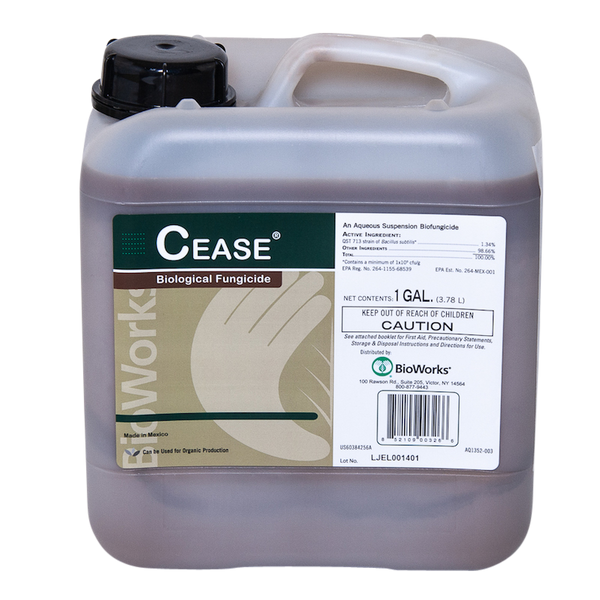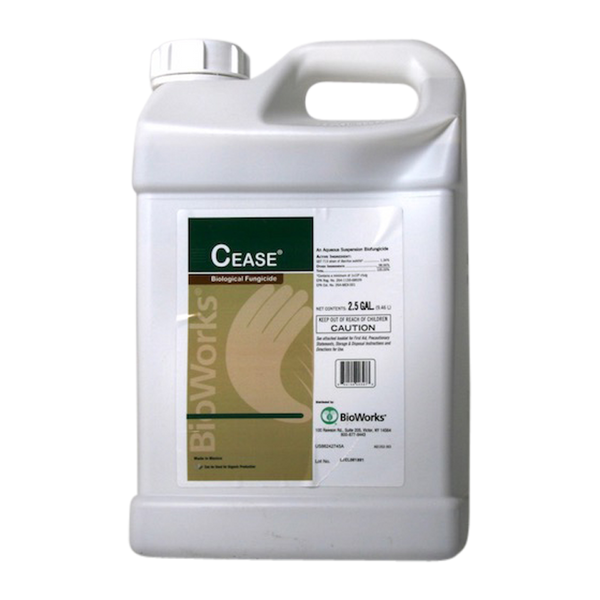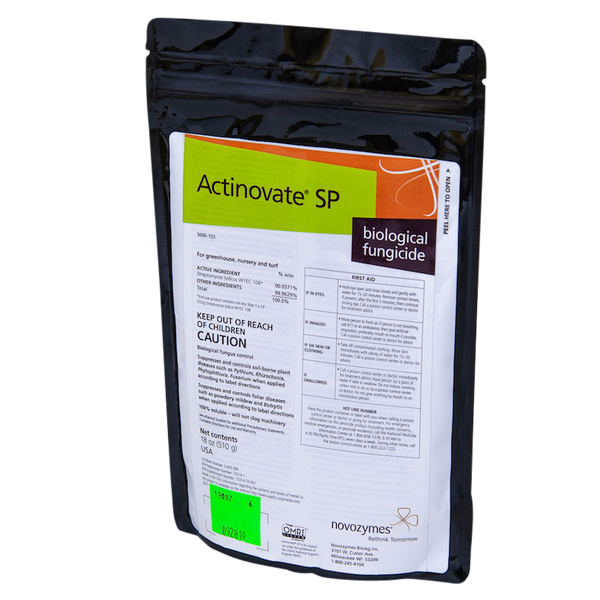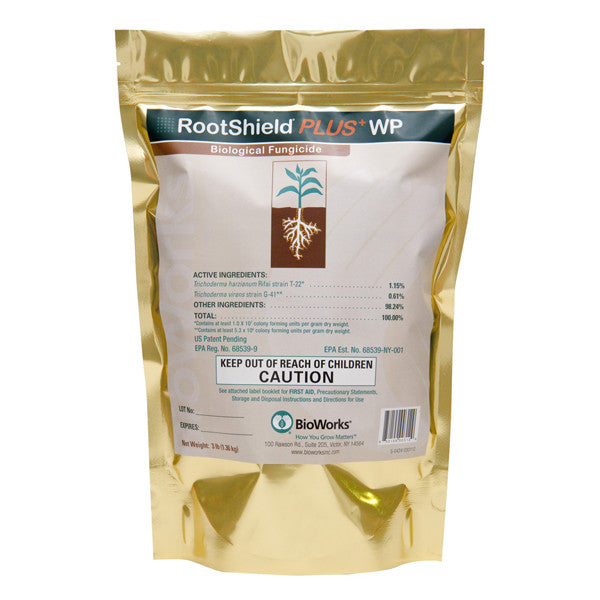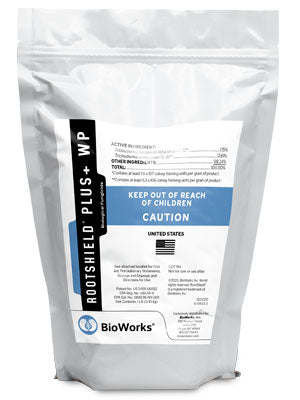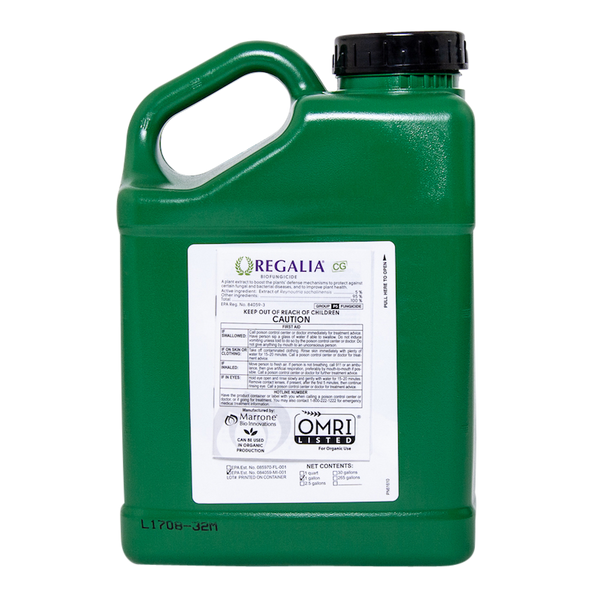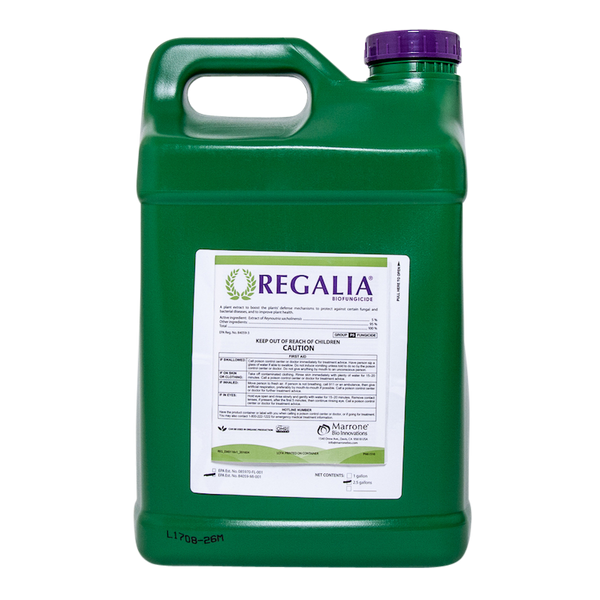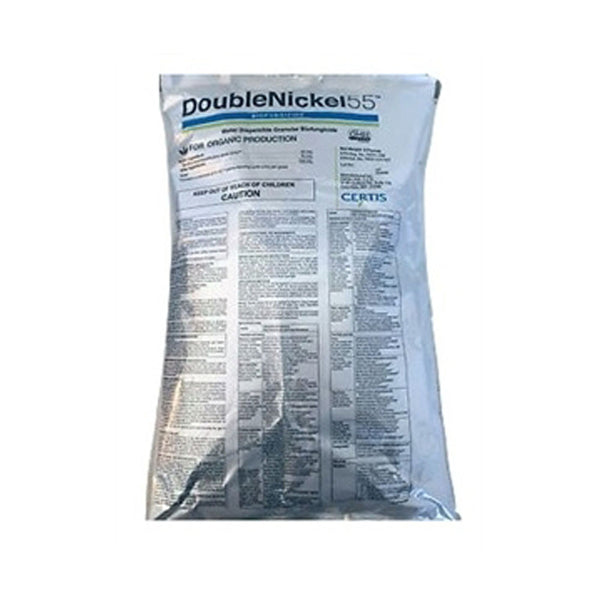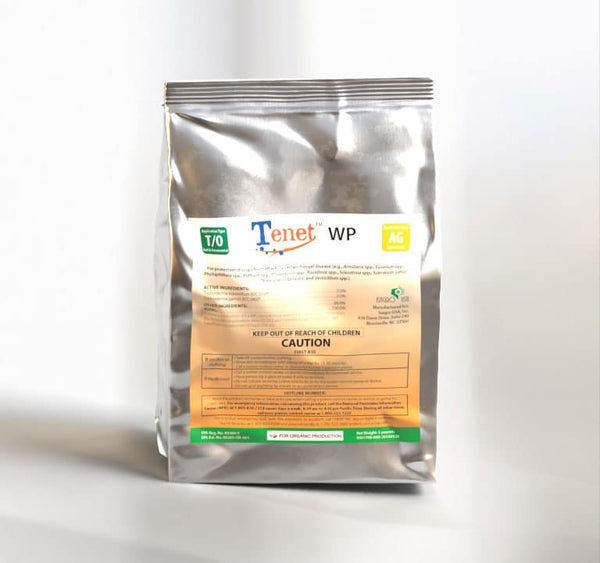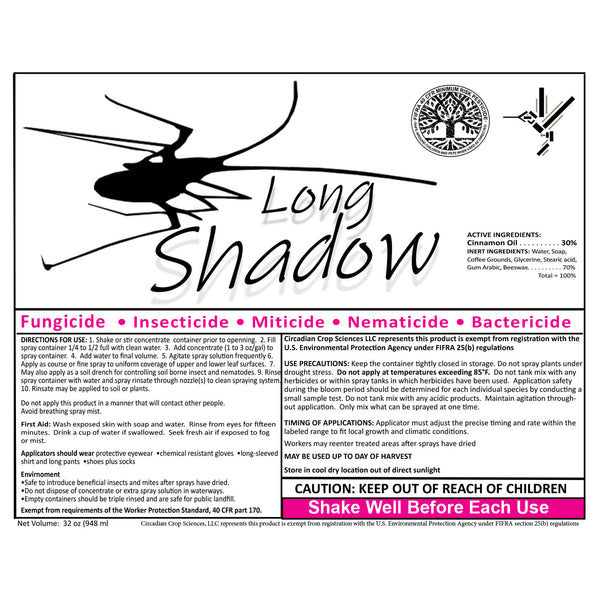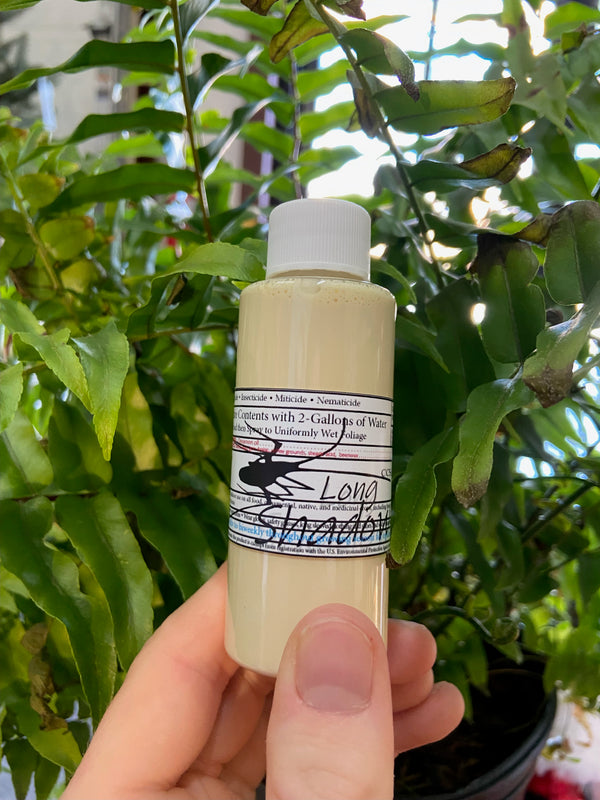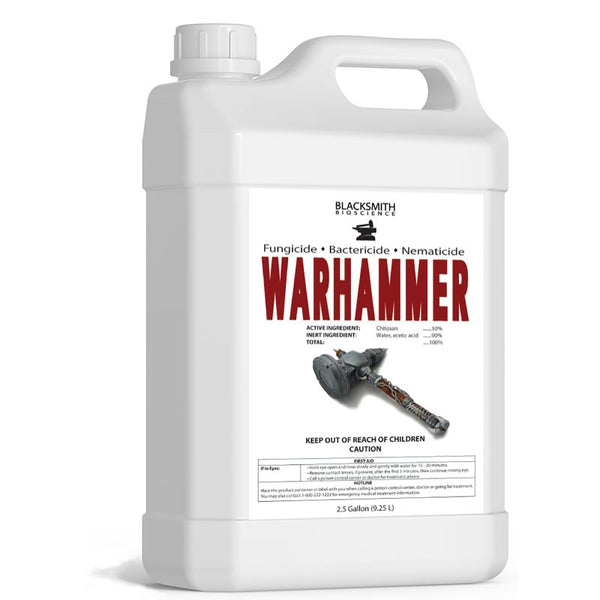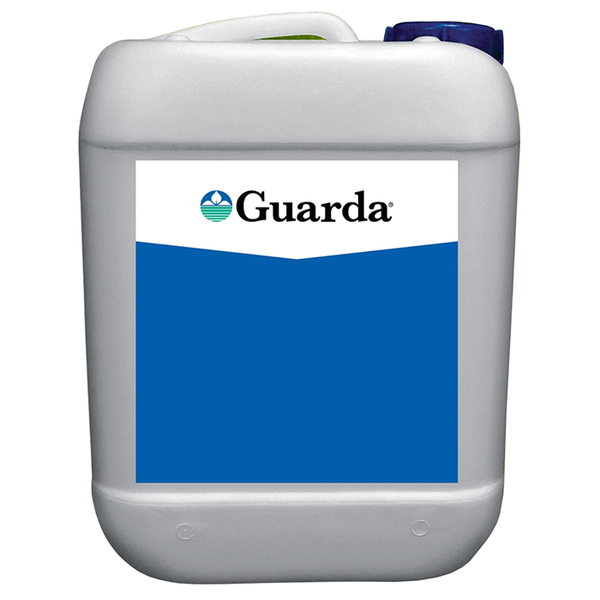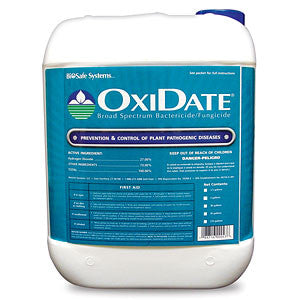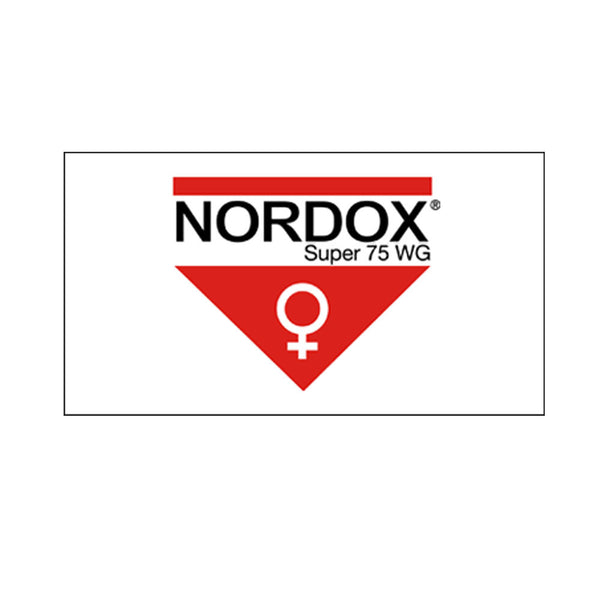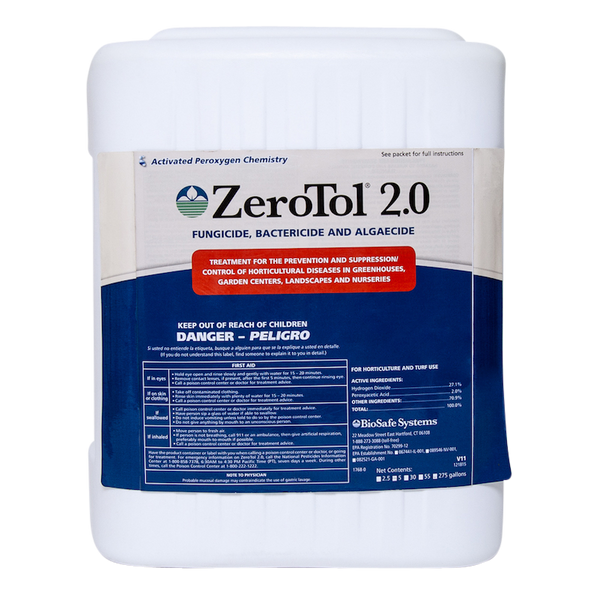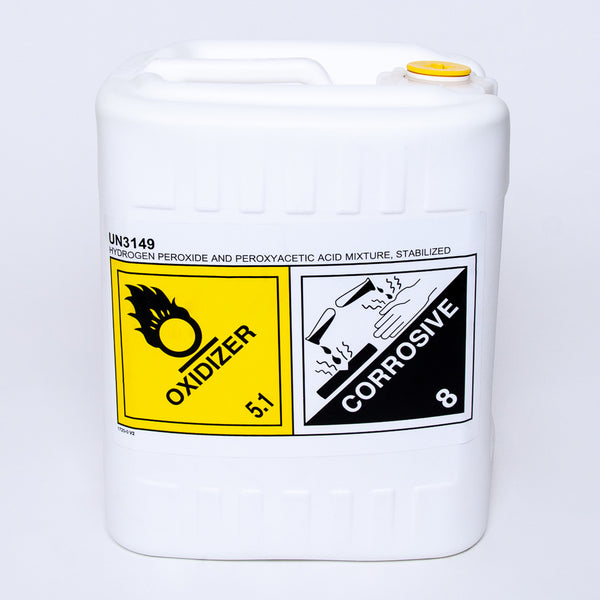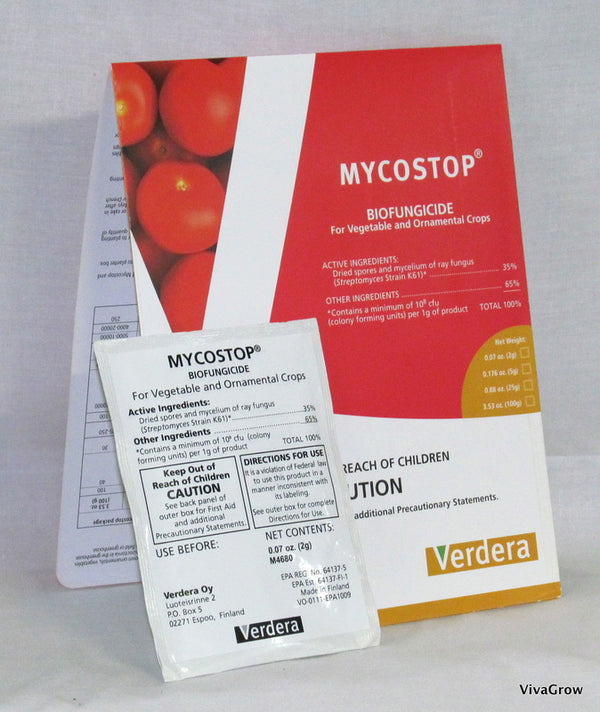Rhizoctonia Control
Rhizoctonia are soil-borne fungi that affect a wide range of hosts including vegetables, ornamentals, turf grass, and agricultural crops. Diseases caused by Rhizoctonia include damping-off, root rot, and stem canker. Damping off, a disease affecting seedlings, causes sudden wilting and death, resulting in the decay of seeds or seedlings at or just below the soil line. Root rot leads to the decay of the plant’s roots, affecting its ability to uptake water and nutrients, and ultimately resulting in stunted growth or wilting. Stem canker manifests as dark, sunken lesions on the stems, often leading to weakened stems and potential breakage.
Rhizoctonia thrives in moist soil conditions, particularly in environments with poor drainage, on wet leaves and in high temperatures. It can survive for long periods in the soil, even in the absence of host plants, making it a challenging pathogen to control. The fungus spreads through soil, infected plant debris, and contaminated tools. In greenhouse management we see huge losses in hot weather, especially in plug trays, where it can wipe out crops in a hurry.
Management of Rhizoctonia diseases involves cultural practices such as improving soil drainage and crop rotation, and chemical control measures such as using fungicides.
Biofungicides we can recommend to combat Rhizoctonia include Actinovate, Cease, Double Nickel, Rootshield, Guarda, Mycostop, BioTam, Regalia, and Warhammer. Trichoderma products such as Rootshield Plus and Tenet can also be used preventatively. Keep in mind that organic and biological products such as these need to be applied preventatively. Knowing the history of problem crops is essential, otherwise corrective fungicides will be needed.
Learn more by reading Rhizoctonia Diseases on Ornamentals by Ann Chase.


